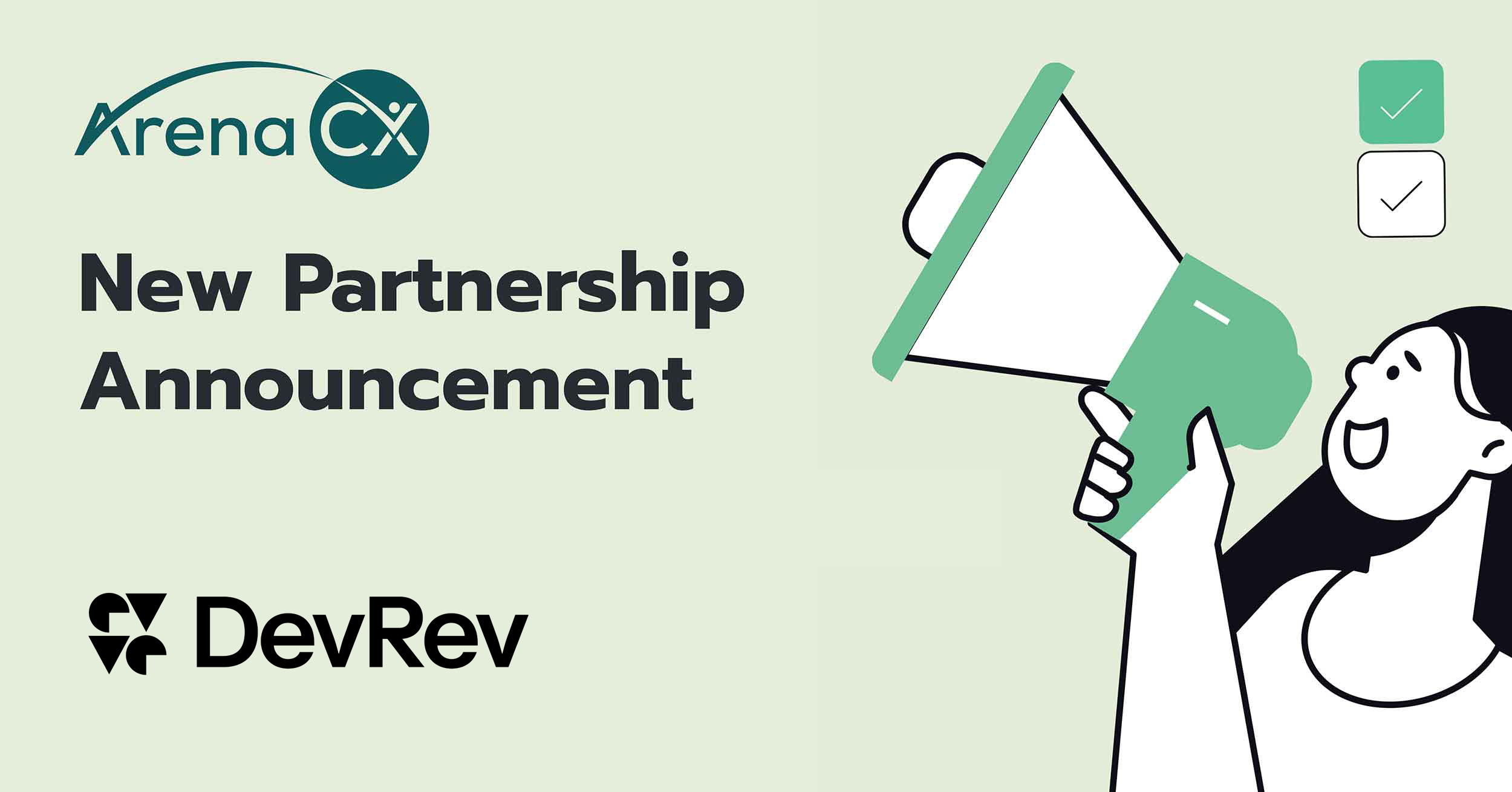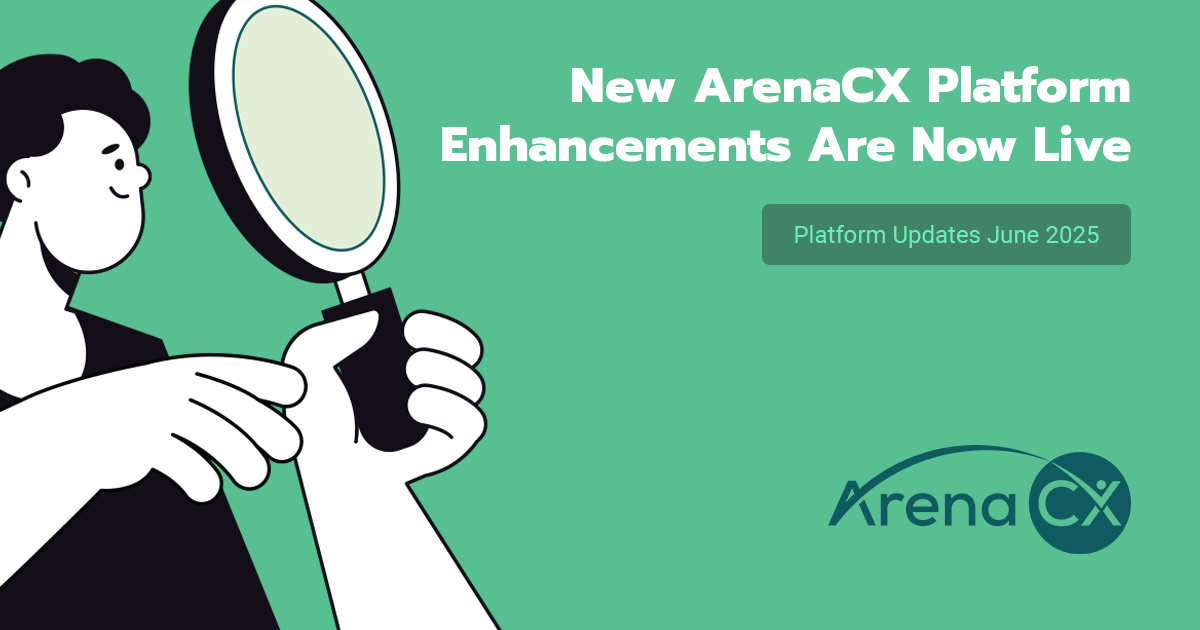This is the sixth post in a series about improving human-bot relations in customer service. See my page to get caught up.
When wide-eyed Chief Brody tells Captain Quint, “You’re gonna need a bigger boat,”[1] he perfectly channels customer service executives everywhere who are faced with a sudden onslaught of unexpected tickets.

Because customer service leaders tend to think of their networks in terms of agent population, or headcount, we have grown accustomed to a capacity-constrained view of our operations. A team with 100 agents can do the amount of work that 100 people can do. When we suddenly have enough demand to fill the day of 200 agents, we are conditioned to attack this problem, like Quint, with brute force. In our case, this means using headcount maneuvers: overtime, swarms, and adding more people. In computer science, this would be like blindly adding bandwidth to improve network performance.[2]

But we need not live this way. Demand-capacity imbalance is a problem that has been well studied in economics, supply chain, and computer science for years. Like the marine biologist on board the Orca, Matt Hooper, we can approach this problem with a beard, glasses, and a dose of science. In computer science, techniques like multithreading, hyperthreading[3] and Triple Modular Redundancy[4] ensure available capacity is maximized before resorting to costlier measures.

In my work helping customer service leaders tackle this problem, I’ve used this kind of “systems thinking” to catalog at least 18 levers that can be pulled to rapidly increase capacity. One of the more powerful ones is to cross-train agents as broadly as possible (or, if you outsource, use a portfolio of contact centers instead of a single partner), and then deploy a multithreading-style routing mechanism. That sounds complicated, but it boils down to this: because different contact center partners have different capabilities, business cycles, and capacities, diversification increases the probability that unexpected demand can be absorbed by the network with minimal adverse effect. It’s like investing in a mutual fund instead of a single stock. And it works.
(Follow my blog for a future post about the 18 capacity levers.)
Up next: Taking a punch: improve resiliency in customer service | by Alan Pendleton | Mar, 2021 | Medium
[1] https://www.youtube.com/watch/2I91DJZKRxs
[2] https://www.zdnet.com/article/10-ways-to-improve-network-performance/
[3] https://www.online-tech-tips.com/computer-tips/what-is-hyperthreading-and-why-should-you-care/
[4] https://www.layerzero.com/Innovations/Industry-Firsts/Triple-Modular-Redundancy.html
Related Articles
Want more? Here are some other blog posts, topics and articles you might be interested in.












